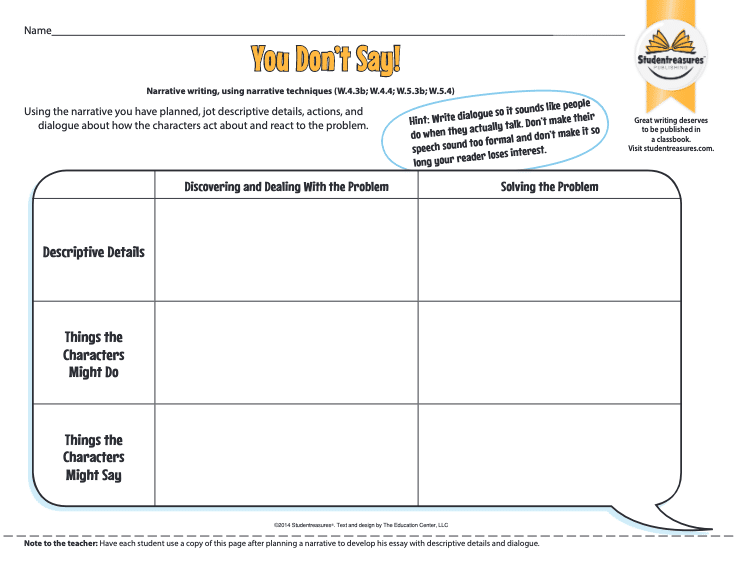
Graphic organisers can be classified either in terms of their design or their function. Graphic organisers can be used to assess students' knowledge and understand of the content, thinking skills and creativity. The teacher is given a record of the learner's thinking process.Since most graphic organisers use short words or phrases, and sometimes drawings, they can be used with all levels and with young and less-able learners.A class flow-chart of the storyline of a class reader may help all the students to follow the plot. While organisers often represent an individual's arrangement of information, they can also be used at group or class levels.Because the demands of processing the language are reduced, content can be considered at more sophisticated levels. Subject-matter is comprehended faster and more efficiently.They can be used to structure writing projects, summarise reading texts, organise and store vocabulary, and help in problem solving, decision making, studying, planning research and brainstorming. Graphic organisers have multiple uses.

Creating the map helps the learner to generate ideas and see the possibilities associated with a topic as the map grows.Organisers are easy to edit, revise, and add to. Changes can easily be made to allow learners to take different perspectives and clarify their thoughts.A large amount of information can be displayed to provide the "big picture" of a topic. A lot of information can be converted into a structured, easy-to-read, graphic display.Students are more likely to become strategic learners.

To create the map, the learner has to identify the relationships between items, examine the meanings attached to them, and prioritise the information and decide where each item should be placed on the map.
#What is a graphic organizer for writing plus#
In most cases, dual-presentation (visual representation plus is more successful than either approach alone, regardless of whether the student is a visual or auditory learner. Showing (as opposed to telling) how information is structured is a way of facilitating understanding.

Some organisers are very specific others are versatile. A graphic organiser (also known as a concept map, mind map or relationship chart) is usually a one-page form with blank areas for learners to complete with ideas and information which are connected in some way.


 0 kommentar(er)
0 kommentar(er)
